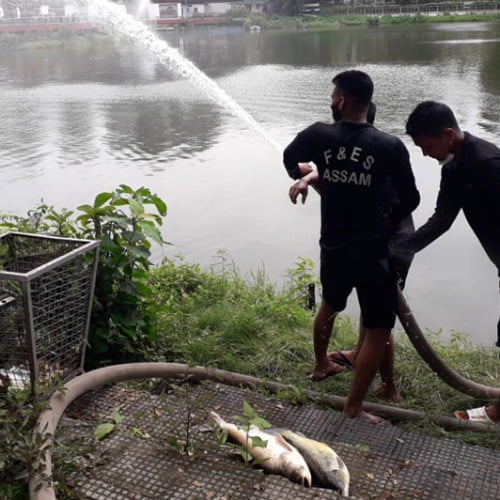Table of Contents
Introduction
In recent years, the aquaculture industry has been experiencing rapid growth and expansion to meet the increasing demand for seafood. To ensure the success and sustainability of aquaculture operations, maintaining optimal oxygen levels is crucial. This is where Pressure Swing Adsorption (PSA) technology comes into play.
In this article, we will explore the ins and outs of PSA oxygen in the aquaculture industry, including its working principle, benefits, applications, and frequently asked questions.
What is PSA Technology?
Pressure Swing Adsorption (PSA) is a technology used for generating high-purity oxygen from the air. It operates on the principle of selective adsorption of nitrogen over oxygen using specialized adsorbents.
The process involves the cyclic pressurization and depressurization of air, resulting in the separation of nitrogen and production of oxygen.
Working Principle of PSA Oxygen Generation
PSA oxygen generation involves the following key steps:
- Compression – Ambient air is compressed to a desired pressure
- Purification – The compressed air is filtered to remove impurities and moisture
- Adsorption – Purified air enters PSA vessel where nitrogen is adsorbed, allowing oxygen to pass through
- Oxygen Production – Depressurization releases adsorbed nitrogen, generating high-purity oxygen
- Storage and Distribution – Oxygen is stored in tanks and supplied to aquaculture systems
Benefits of PSA Oxygen in Aquaculture
Key benefits of PSA oxygen in aquaculture:
- Increased Oxygen Levels – Continuous, reliable source of oxygen ensures optimal levels for fish growth and survival
- Cost-Effective – Eliminates need for expensive oxygen cylinders or liquid oxygen
- Easy Installation & Maintenance – Modular PSA systems allow scalable installation and require minimal maintenance
- Environmentally Friendly – Reduces carbon emissions associated with oxygen transportation and storage
Applications of PSA Oxygen in Aquaculture Industry
PSA oxygen has the following major aquaculture applications:
- Rearing and Hatcheries – Critical for growth/development of fish larvae and juveniles in RAS
- Ponds and Raceways – Enhances dissolved oxygen levels to support fish respiration
- Transport and Holding Tanks – Maintains oxygen levels to reduce fish stress
- Emergency Backup – Reliable backup oxygen source to prevent losses in case of emergencies
FAQ
Q1: What are the key considerations for selecting a PSA oxygen generator?
Factors like oxygen purity, capacity, ease of use, maintenance, scalability, and cost should be evaluated to choose the right PSA system.
Q2: What are the optimal oxygen levels for different aquaculture species?
The recommended oxygen concentration varies between 4-15 mg/L depending on factors like species, temperature, salinity, and life stage.
Q3: Can PSA oxygen be used in marine aquaculture?
Yes, PSA is suitable for both freshwater and marine aquaculture applications. System materials resistant to corrosion are used.
Q4: How does PSA compare to traditional oxygen supply methods?
PSA offers greater cost-effectiveness, flexibility, reliability, and sustainability compared to oxygen cylinders or liquid oxygen.
Q5: What safety precautions should be taken with PSA oxygen systems?
Proper equipment installation, leak testing, oxygen monitoring, and trained operator handling are key safety precautions.
Conclusion
PSA oxygen generation has become an indispensable solution in aquaculture, providing optimal and sustainable oxygenation for maximizing fish productivity. This guide covers the working principle, benefits, applications, and considerations for PSA oxygen in aquaculture operations.
Related posts:
- Revolutionizing Aquaculture Productivity with PSA Oxygenation Systems
- PSA Nitrogen in Chemical Industry: A Comprehensive Guide
- A Comprehensive Guide to PSA Oxygen in the Ozone Generation Industry
- A Comprehensive Guide to PSA Nitrogen in the Metal Processing Industry
- PSA Oxygen in the Environmental Remediation Industry: A Comprehensive Guide


